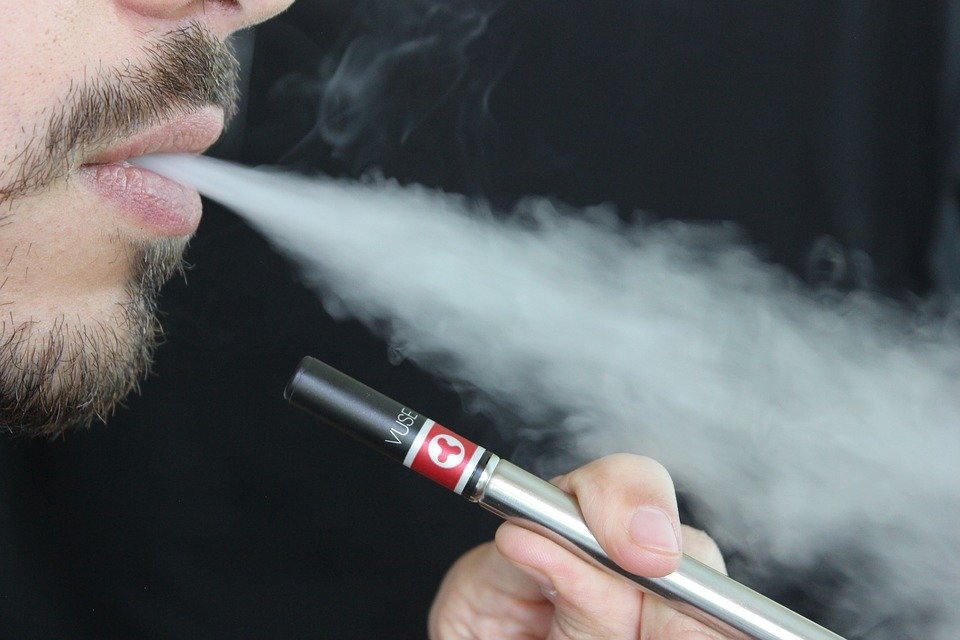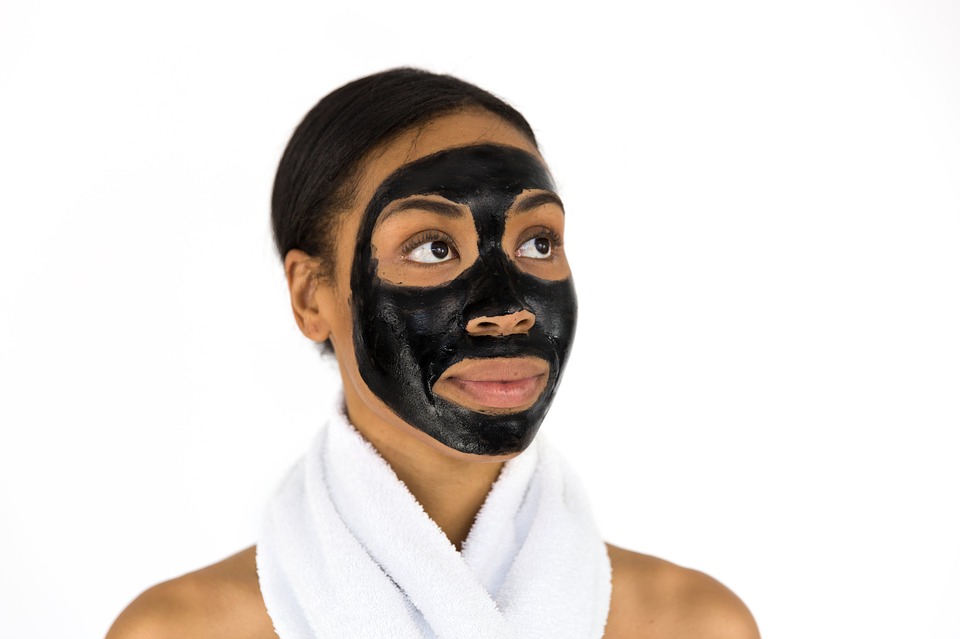 Your menstrual cup is inserted into the vagina, the channel leading from the uterus to the opening of the vagina. The cervix is actually a channel connecting your uterus and vagina, but at the “end” of the vagina, you likely understand it as the tiny lump. Your cervix functions as a barrier between the uterus and the vagina unless you give birth— so there’s no way your menstrual cup can get lost in you.
Your menstrual cup is inserted into the vagina, the channel leading from the uterus to the opening of the vagina. The cervix is actually a channel connecting your uterus and vagina, but at the “end” of the vagina, you likely understand it as the tiny lump. Your cervix functions as a barrier between the uterus and the vagina unless you give birth— so there’s no way your menstrual cup can get lost in you.
There are several primary components of menstrual cups: the rim, the air holes, the cup’s body, and the stem. Daisy Menstrual Cup also features internal support rings that are patent-pending.
What is the Menstrual Cup?
A menstrual cup is a reusable product of feminine hygiene. It is a tiny, flexible funnel-shaped cup made of rubber or silicone that you insert into your vagina for capturing and gathering period fluid. Cups can retain more blood than other techniques, resulting in many females using them as an environmentally friendly tampon option. And you can wear a cup of up to 12 hours depending on your flow.
Talk to your gynaecologist if you are interested in using a menstrual cup. While you can purchase any of the products online or in most shops, first you need to figure out what size you need. Most brands of menstrual cups sell both big and small versions.
The Stem
The cup stem will assist you in removing the cup. By pulling on the stem, you should not remove the cup; the stem is there to help you to find and manoeuvre the cup’s body close enough to the vaginal opening to pinch its base. The beaded stem of the Daisy Cup is intended to be comfortable and flexible sufficient to leave uncontrolled.
You can choose to cut the stem, though. A word of caution: wait until you attempted the cup for at least a couple of days to cut the stem. Often, your cup’s initial placement isn’t where it ends— you might discover that once you get your positioning down, the cup will find its most comfortable position farther up the vaginal canal than you planned!
The Body Of The Cup
Holds the menstrual flow, and the ability is how much the cup can hold. Note that most individuals are flowing much less than they think! During three to five days, the average menstrual cycle generates only about 30 to 60 ml.
The best menstrual cup must hold the menstrual blood up to 12 hours with no leaks. That is why many women prefer to use a menstrual cup instead of a regular pad. It can save your time from going to the bathroom just to change plus it can boost your confidence to move no matter what you do in a day.
The menstrual cup of Daisy has been intended to suit the distinctive contours of your body, made of 100 percent silicone of medical quality that runs smoothly and wears comfortably.
The Airholes
When you pinch the cup’s body to remove it, the airholes enable you to release the suction. You want these air holes to be kept clean, but even a gentle wash with hot soapy water will clear them out. For easy release and maximum capacity, Daisy cup has grip rings. If you choose to cut the stem, it makes it simple to remove the period cup. Free feeling for comfort.
The Rim
It’s the bottom of the cup. Some menstrual cups have a dense rim to assist keep the cup open once inserted. It is recommended that you choose a cup that has a soft and smooth rim that goes in smooth and seals easily. These factors can help to prevent leaks and odors, even during intense activity.
Some women are suffering from leaks because of choosing the wrong cup or even the wrong size of a cup. Also, it is essential to remember that you choose the right size of a cup to get the best and perfect fit of the rim.
Takeaway
To use a menstrual cup perfectly, it is essential to understand everything about it from the parts and its function. It can help you to use the cup easily and to avoid the possible issues upon using it.
Before switching to using a cup, remember to evaluate yourself by answering the questions such as can get it at a lower cost than your regular pads, is it easier to use? And if the answer is yes, then this must be the right menstrual product for you. But if you’re still uncertain, discuss your choices with your gynaecologist and what menstrual product might work best for you.








